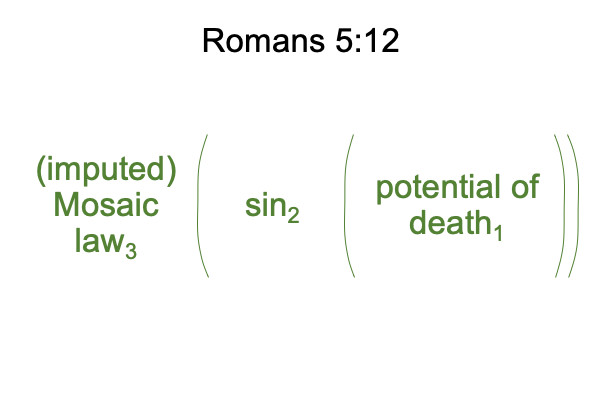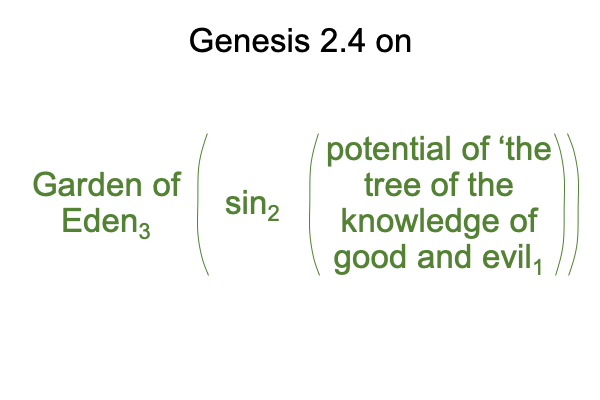Looking at Roy Clouser’s Article (2021) “…Support of Carol Hill’s Reading…” (Part 2 of 6)
0004 I have a joke.
A Christian theologian goes to the doctor and asks, “What is wrong with me?”
The doctor replies, “It might be original sin. The stories of Adam and Eve don’t need to be reconciled with science. But, Augustine and science, that is your problem.”
0005 Clouser relies on an interpretation of Genesis 1 and 2 appearing in Joseph Soloveitchik’s book, The Lonely Man of Faith. The title is ironic, since Soloveitchik is lonely in name only. He is one of the leading Orthodox Jewish theologians of the twentieth century.
The things that Soloveitchik writes. Some of them buttress Carol Hill’s argument.
0006 Here is the first point.
The Old Testament does not support the claim that Adam and Eve are the first humans. After all, where does Cain get his wife?
0007 Ah, that goes into the problem of Saint Augustine.
Augustine misreads Paul’s letter to the Romans. Well, actually, his Latin translation of Roman 5:12 has a crucial infidelity to the Greek text. The Latin slippage implies that we are all guilty of Adam’s sin. The Greek original suggests that we are all doomed because of Adam’s error.
The result?
The McGuffey Reader poetically waxes, “In Adam’s Fall, we sinned all.”
0008 Should Augustine have known better? Should the translator be blamed?
These questions step around an issue so tricky that everyone walks around it. Spoken words are slippery.
Augustine slips up. But, the slip serves as evidence for an important point.
0009 Adam and Eve may not be the first humans on Earth. But, they may be the first to rely on the slipperiness of spoken words to come to a conclusion that turns out to be highly problematic.
0010 Is this a theological implication of the first singularity?


